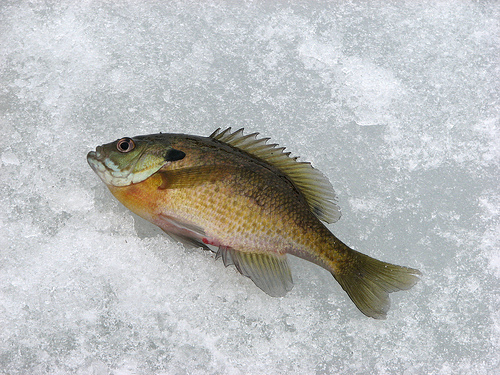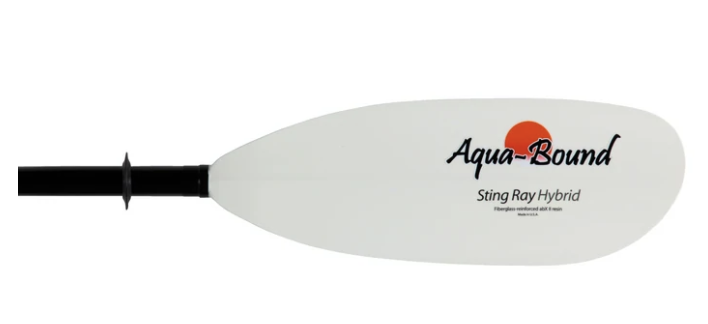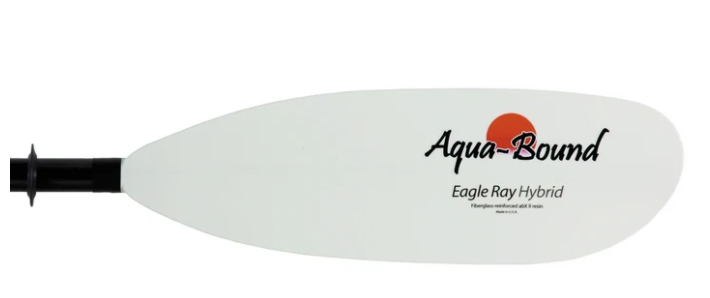
Water Level
580
Water Temperature
32 degrees
Barometric Pressure
30.37
Water Clarity
0
BOAT REGISTRATION AGENT
REMINDER -We are a water craft registration agent. That means you can skip the DMV and come right here and renew your boat tags, get new boat tags, register your kayak and all other water craft. New stickers are in and we are ready to go for 2022.
Boat registrations are good for three years and expire on March 1. There is no late fee for renewing after March 1.
What you need to get a boat registered depends on what type of boat it is. Generally you need proof of ownership, some detailed information on the boat-Hull ID # , a drivers license, and the registration fee.
New boats can be registered in person here at Maumee Tackle, any day between 9am and 430 pm .
The cost of your registration depends on the length of your boat/kayak/canoe, how it is propelled, and which type of registration you are buying.
The last few days of fluctuating temps , wind and rain has eroded much of the ice along the Maumee river and well as the local ponds and lake Erie waters. When the temp is above 32 for at least 24 hours the strength of the ice falls – seems like common sense but still needs to be said. Temps are dropping this week so the next few days we should see how the ice refreezes.
Thawing occurs in four ways:
A) Top Surface Melting is most strongly driven by warm wind. A 24 hour, 50 degree thaw with winds in the 20-30 mph range can melt a couple inches or more of ice. Holes of several types and sizes are also common after a windy thaw. Heavy rain over 24 hours with only moderate wind will result in about an inch of ice loss. Most of that is from the warm air.
B) Internal melting is driven most strongly by sunlight but also occurs slowly in cloudy conditions. This causes relatively slow loss of thickness but can dramatically weaken the ice. Thicker ice takes longer to weaken but it also takes longer to recover its strength when the weather turns cold. Internally thawed ice fatigues from vehicles driving over it. This makes it significantly weaker than nearby ice that has not had the repeated loading by vehicles. The same thing can happen on thinner ice as the result of multiple people walking or skating over the same place. While the something similar can happen with cold ice it is more likely to be a problem in warm conditions.
C) Under-ice Melting is most commonly caused by turbulent currents in the water under the ice. It is common in rivers, lakes with river like characteristics, under bridges, and over reefs and deltas from side streams in rivers and with features like gas holes. Under the ice melting also takes place in shallow water such as ponds when sunlight heats the pond water enough to cause melting of the bottom of the ice sheet.
D) Wind driven rafting: When the ice is weak enough or the wind is strong enough the ice may be pushed over itself at pressure ridges or onto the shore. Large scale rafting is most common on thaw weakened ice that is between a couple inches and a foot thick. For the wind to get enough grip on the ice the ice sheet is typically several miles in size The wind needs to be 20+ mph and most thick ice rafting takes place a winds in the 30’s or more. Rafting can create open water that is stirred by the wind, bringing warmer, deeper water to the surface.
Have fun , be safe and good luck fishing.




